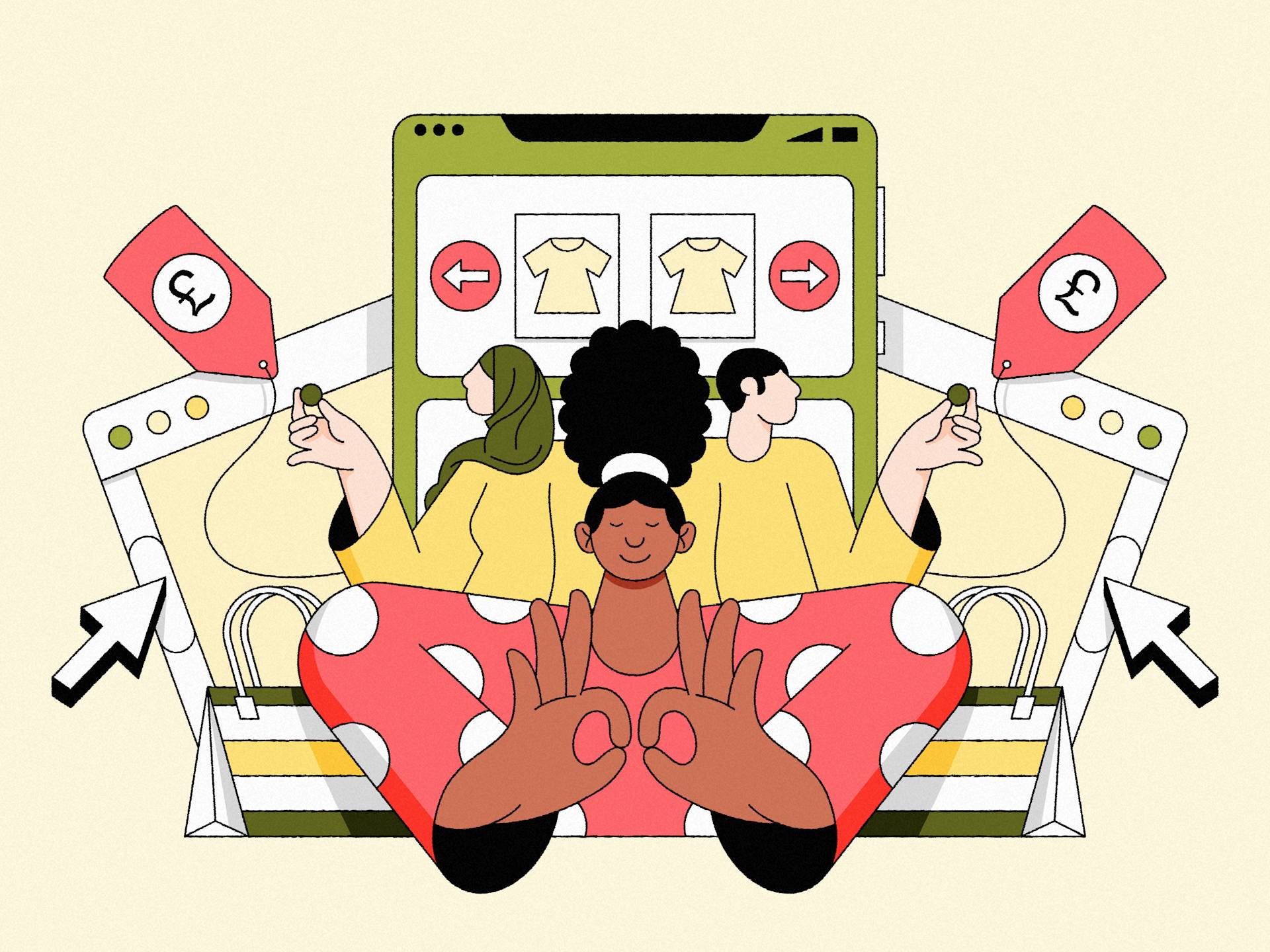Happy employees make happy customers
Even sophisticated retailers often overlook one key component of customer success: their employees.
7 min read

Treat employees with the same focus and energy as customers
The pandemic has accelerated change and illuminated the obvious. Customers turned to apps and websites in record numbers, and bricks and mortar strategies need to be reinvented.
In analogue land, treating your customers well when they come into your store is absolutely a good thing. But it’s hard to scale, and scaling is what the internet was made for. As Chris Anderson points out in his 2009 bestseller Free: The Future Of A Radical Price, the marginal distribution cost of digital trends towards zero. Add to that the data footprint your customer leaves, and you can now know them and treat them like a royalty, millions at a time.

Digital becomes a mindset
But as digital becomes a mindset, not a channel, we have increasingly invested in supporting the operational and business models behind these experiences. In the process, we have identified some fundamental problems that create a net negative impact on customer experience:
A lack of joined-up thinking between key internal stakeholders slows down and dilutes the impact of the customer experience. Different stakeholders inside the organisation, from the CTO to the CEO to the CMO, have different Objectives & Key Results (OKR) and various internal and external partners to help them achieve their goals; from management consultancies and technology implementation partners to creative and digital agencies. The result is a disconnected and unfocused customer experience.
A lack of organisational ability to deliver the back-end processes and technology that power the front stage of the customer experience. We have been in many meetings where different stakeholders met each other for the first time, even though they were supposed to deliver a seamless experience for customers. While we were working on a shiny front-end with our client, the internal processes and technologies needed to provide follow-through with customers were missing, and nobody was even aware of it.
A lack of understanding and operational ability of employees to support customers intuitively and proactively. For your customers, a large part of their experience is still directly or indirectly delivered by human beings. From the store staff to the customer support agent to the R&D department and the supply chain operations, the overall customer experience is dependent on these people being empowered and accessible. In many cases, they are not, leading to a degraded and dehumanised experience.

Start paying attention to employee experience, not just customer experience
The solution to these and other issues that prevent your investment in customer experience projects delivering real business value is to start paying more attention to the powerful but under-appreciated sibling of CX: employee experience or EX. Employee experience has many facets, but it starts from the same basic premise that has delivered such a positive impact for customer-centric brands: humans have needs and desires, and if you understand and serve those they will reward you for it.
For retailers, employee experience should be a particular focus because so many employees are the front line in terms of customer experience. As store staff and customer support agents, they are key enablers of a great customer experience. Giving employees access to omnichannel customer data enables the kind of customer intimacy at scale that drives real business outcomes. At the same time, understanding the balance between data-driven customer intimacy and privacy considerations is crucial. Various studies have shown that customers are comfortable sharing personal data as long as they receive a benefit from it.
There are other ways to make employees work better; digital tools to improve their productivity and collaboration, more insight into personal, store and company performance over time, and employer branding which allows employees to connect with the brand purpose and increase their intrinsic motivation and connection with the brand.
Who is getting it right?
Together with a long standing client we created a single dashboard which combines existing customer service tools and allows service staff to recognise and serve customers in real-time. As always, the goal was to create the best customer experience and drive revenue with enhanced operational efficiency. Following a staggered rollout, the dashboard is now live across all 6,000 Specialists and has serviced more than four million calls with a noticeable +2 point lift in Net Promoter Scores.
The employee experience maturity at Dutch bank ABN AMRO allows them to connect the dots between customer and employees across all functions of the business. Frank van den Brink, Chief EX Officer at ABN AMRO, says “I believe the next step in blending CX and EX is how you combine client journeys with employee journeys, because of course in a client journey you have touchpoints on the employee side, and vice versa. So taking a blended approach could be the next big thing.”

Where to start
Crucially, investments in employee experience pay off handsomely for organisations. A recent study from MIT showed that companies with great employee experience were more innovative and profitable and had higher levels of customer satisfaction. And when Forrester looked at what sets apart customer-obsessed firms, it found that their employees are 28% more likely to report being happy at work, which contributed to higher employee accountability, more innovation, and lower attrition, among other benefits.
Identifying the key metrics that can be improved through better employee experience such as Net Promotor Scores, retention or customer service scores is a good way to start creating the internal business case for investment in EX. Surveys and other internal temperature checks can also be a quick way to identify the areas of focus. There’s no excuse not to take the first step to improve your client experience with a great employee experience.
Illustrations by Linn Fritz.
All opinions expressed throughout this article are the author’s own and do not necessarily represent those of AKQA or its affiliates.